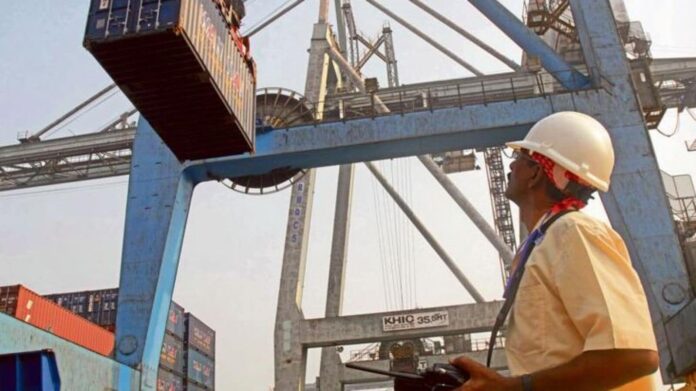This is welcome, given the pain inverted duties inflict on the sector by increasing the cost of domestic production and reducing competitiveness. Concomitantly, it limits investments, productivity and the overall growth of manufacturing. Fortunately, the government is working on addressing this problem.
An inverted duty structure (IDS) occurs when import duties on raw materials and intermediate goods are higher than those on finished products. For example, duties on TV electronic tubes are higher than those on finished TV sets.
This discourages domestic TV makers, as they face high input costs while fully-assembled sets can be imported at prices they therefore find hard to match. Although India has reformed domestic taxation through GST, anomalies in the structure of import tariffs persist, hurting India’s cost competitiveness.
CUTS International undertook an in-depth study on IDS across four critical sectors: textiles and apparel, electrical products and electronics, chemicals, and metals. These sectors were chosen for their significant contribution to India’s manufacturing output and their high dependence on imported inputs.
The study used data from the Annual Survey of Industries 2019-2020. It faced methodological challenges, such as classifying products, mapping inputs and outputs, and identifying applicable duties, but the findings are important.
Textiles and apparel: Our research found that 136 products in the textile sector, accounting for 33% of all products, are IDS-affected. Of these, 28, with an annual export value of $8.95 billion, were identified as most significantly impacted.
Electrical products and electronics: Here, 179 products, making up 52% of the total, are IDS-affected. In this group, this was especially so of 11 products with exports worth $6.08 billion.
Chemicals: In this sector, 64 products (18% of the total) are IDS-impacted. Among these, eight key products, including petroleum oils, account for $37 billion of our annual exports.
Metals: 194 products in this sector are IDS-affected, representing 53% of the total. A shortlist identified 21 products with annual exports of $23 billion in need of attention.
Across the four sectors, around 36% of products suffer inverted duty structures, making it an economy-wide issue. While India’s export figures are large, the study found that our performance in relative terms (compared to global competitors) has not been as impressive as the absolute numbers suggest.
Resolve IDS to improve the sector’s competitiveness: The persistence of IDS poses several economic challenges.
The increased input costs faced by Indian manufacturers on account of expensive imports not only leaves them hard-pressed to compete effectively with cheap imports of finished goods (and also with products made elsewhere in export markets), it reduces their profitability and dampens their propensity to invest in production capacity.
As private investments must pick up to support economic growth and manufacturing must expand at a much faster pace to generate employment, we need reforms to resolve the IDS problem.
Indeed, to unlock the full potential of India’s manufacturing sector, systematic tariff reforms are essential. CUTS Research identified 573 IDS-affected products across four sectors, and after applying criteria like revealed comparative advantage (RCA) and relative trade advantage (RTA), the target list for action was narrowed down to 68 economically significant products.
The set of criteria used was aimed at giving those items priority that have significant annual export figures (over $100 million).
Fix distortions caused by government schemes: Central schemes like the Advance Authorization and Remission of Duties and Taxes on Export Products (RoDTEP) have provided partial relief to exporters by offsetting the negative impact of IDS.
However, these benefits do not cover producers serving the domestic market, which results in an unfortunate disparity between domestic-oriented and export-oriented manufacturers.
It is important for India’s proposed customs tariff reforms to take this into account and level the playing field for domestic manufacturers.
Seize this reform opportunity: India needs a thorough evaluation of duty structures on inputs and outputs across all sectors to eliminate cost disadvantages stemming from IDS.
We also need a workable definition of IDS, so that uniformity in assessment can be ensured. A second step for comprehensive tariff reforms should include providing a IDS-calculation tool to Indian industry, as this would enable wider assessment and reporting.
The third step to achieve effective tariff reforms should include extensive public consultation, so that the pain borne by manufacturers is methodically recorded.
The government’s initiative on tariff reforms is a significant opportunity to arrest the “cost competitiveness leak” of Indian manufacturing and significantly enhance the sector’s performance and investments, both of which would work in favour of faster economic growth.
The sector needs as much policy-reform support as it can get to thrive and help the country reach its vision of Viksit Bharat by 2047.
The authors are, respectively, chairman and director general of the CUTS Institute for Regulation and Competition.
#Reform #import #tariffs #sharpen #competitive #edge #Indian #manufacturers
